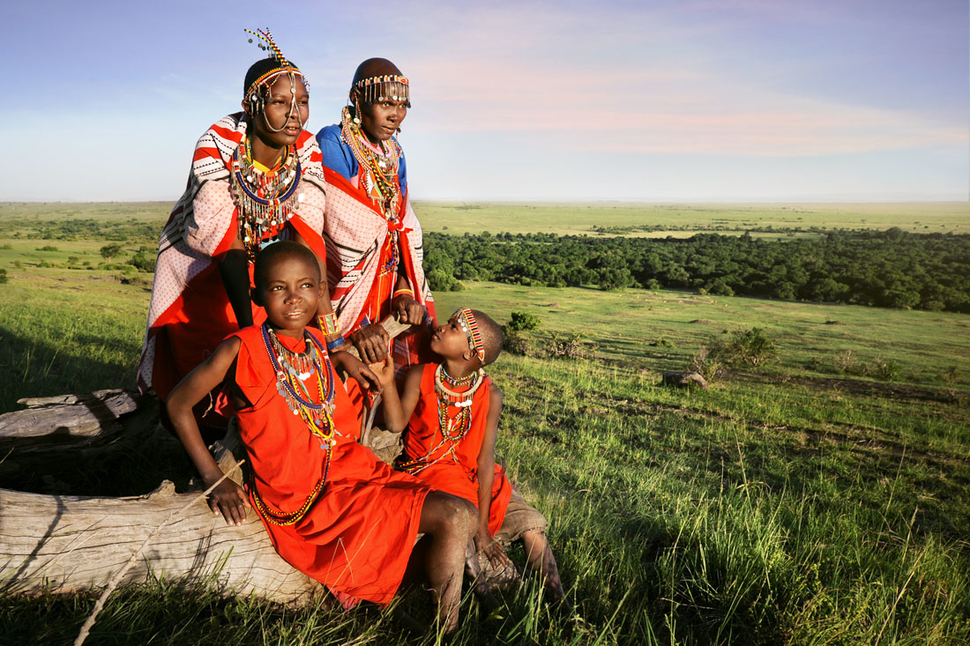Waves of migration over the centuries from the north and south have led to Kenya becoming one of the most diverse African countries culturally and linguistically.
Traditional African culture
Native African culture has been diluted in many parts of Kenya by outside influences. So for example, Kenya’s music is often a mixture of African, Indian, European and American styles.
Many Kenyan communities have also adopted westernised or Islamic forms of dress, with their original tribal clothes, jewellery, body ornamentation and weaponry kept for special occasions or celebrations.
However, in certain parts of Kenya, particularly across the more arid and inaccessible north, communities retain their traditional culture and ways of living. Among nomadic and pastoral tribes such as the Maasai, Samburu and Turkana, people still wear clothes or skins and elaborate jewelry of beads and metalwork.
Belief systems among some remote tribes also remain indigenous. Across Kenya as a whole two-thirds of people are Christian. With the centuries-old influence of Arabic and Islamic traders and settlers (particularly along the coast), around 15% of Kenyans are Muslim.
Although mainstream religions such as Christianity and Islam are widespread, many followers of these faiths still believe strongly in the ancestor world, where the dead have powers for good or bad over their living descendants.
A music mix
One of the most popular forms of pop music is Benga, which combines traditional African drum and dance rhythms with modern electrical sounds and melodies.
Article published on: http://www.our-africa.org/kenya/people-culture. Retrieved 29 Oct 2015.
